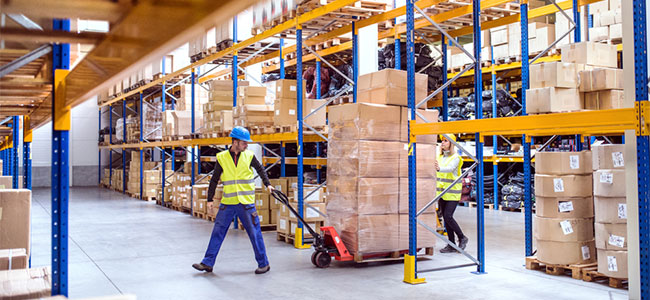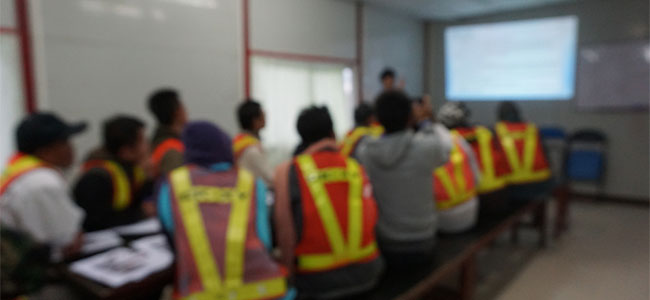
An effective warehouse layout can significantly reduce the risk of accidents while also boosting productivity.

The annual safety event hosted a number of standout sessions.

The annual event has revealed its next destination.

Getting ahead of something as unpredictable as severe weather can seem an impossible challenge, but understanding the four pillars of an effective response plan can help managers ensure workers stay safe and healthy no matter what's on the forecast.

The initiative aids 100 nonprofits in promoting worker safety.
Work-related injuries are prevalent in the construction industry and costs quickly add up when you factor in medical charges, lost days of work and fees related to accident investigation. According to the Occupational Health and Safety Administration (OSHA), there were 2.5 injuries for every 100 construction workers in the United States in 2021
Work-related injuries cost employers billions each year — an estimated $167 billion in 2021 alone, according to the National Safety Council. Add onto that the estimated cost ($13.8 billion that same year) of losses not covered by insurance, such as the value of time lost as the result of injuries and the time spent to investigate accidents, and it’s obvious that prevention of on-the-job injuries is critical to ensuring the long-term financial health of your business.

The establishment is fined $6,810 due to breaches.

The grants focus specifically on women in marginalized communities.

At the Safety+ Symposium's OSHA Mega Session, Deputy Assistant Secretary Jim Frederick unveiled OSHA's initiatives and recognized Robert Simmons with the 2023 National SGE of the Year Award among other safety advocates.